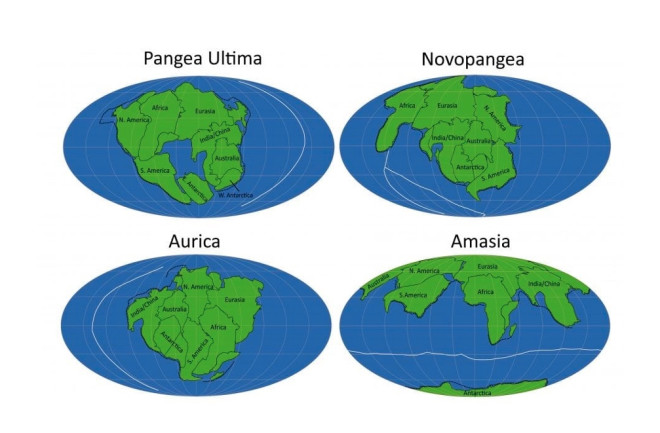Unfathomable ages ago, the continents of the Earth were not in their current places. A single enormous landmass dominated the globe, a supercontinent retroactively called Pangea (or Pangaea, if you prefer; either way, it's Greek for “all Earth”). Through a long and infinitesimally slow process of fracturing and continental drift, we ended up with our familiar seven continents.
That’s the story as you probably learned it — but it’s not the whole story. From our human viewpoint, the current world map seems a fait accompli. But plate tectonics is a continuous process; even now we are undergoing long-term changes whose progress we cannot perceive — a cycle that plays out over hundreds of millions of years. There were supercontinents before Pangea; and unfathomable ages hence, there will likely be others.







